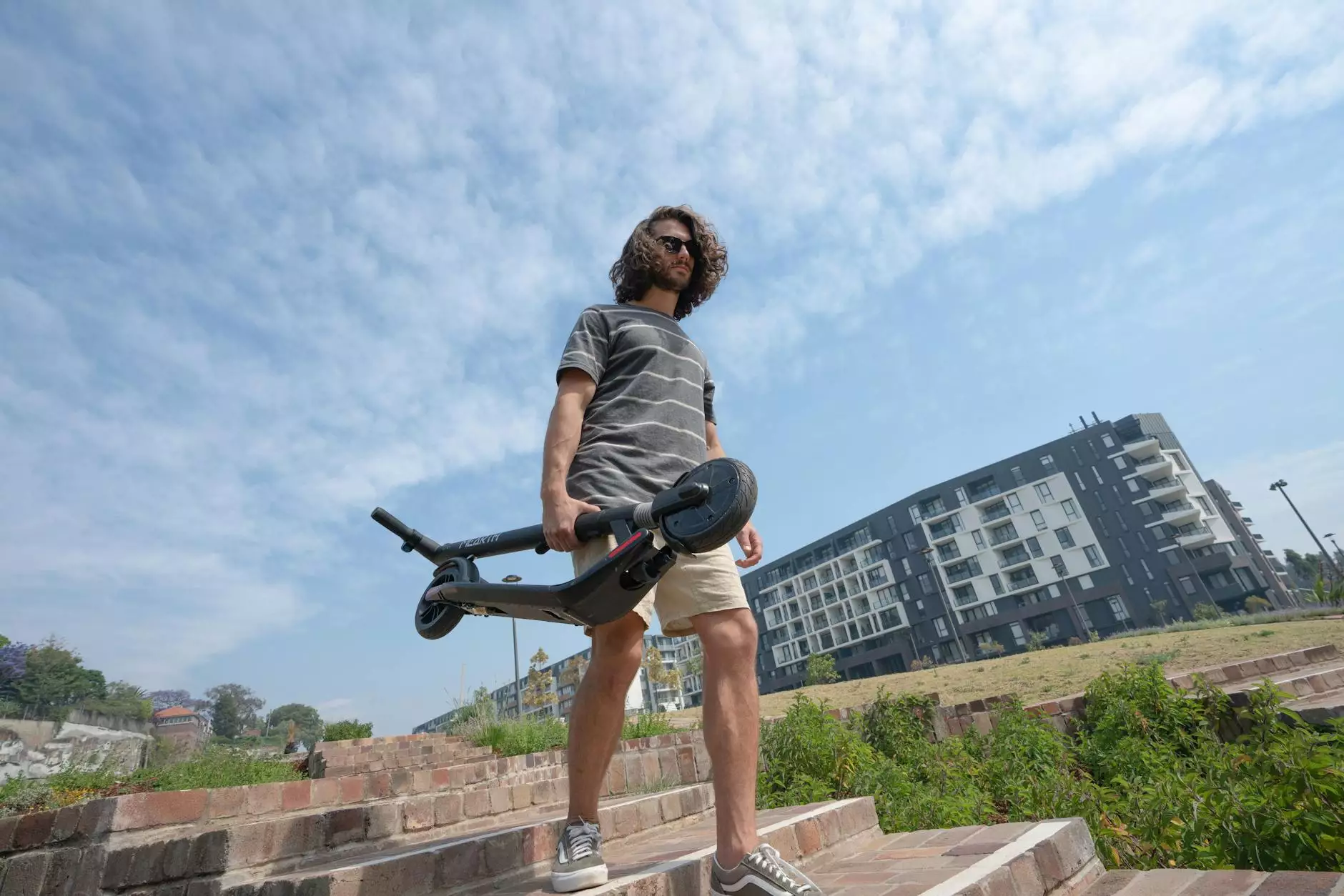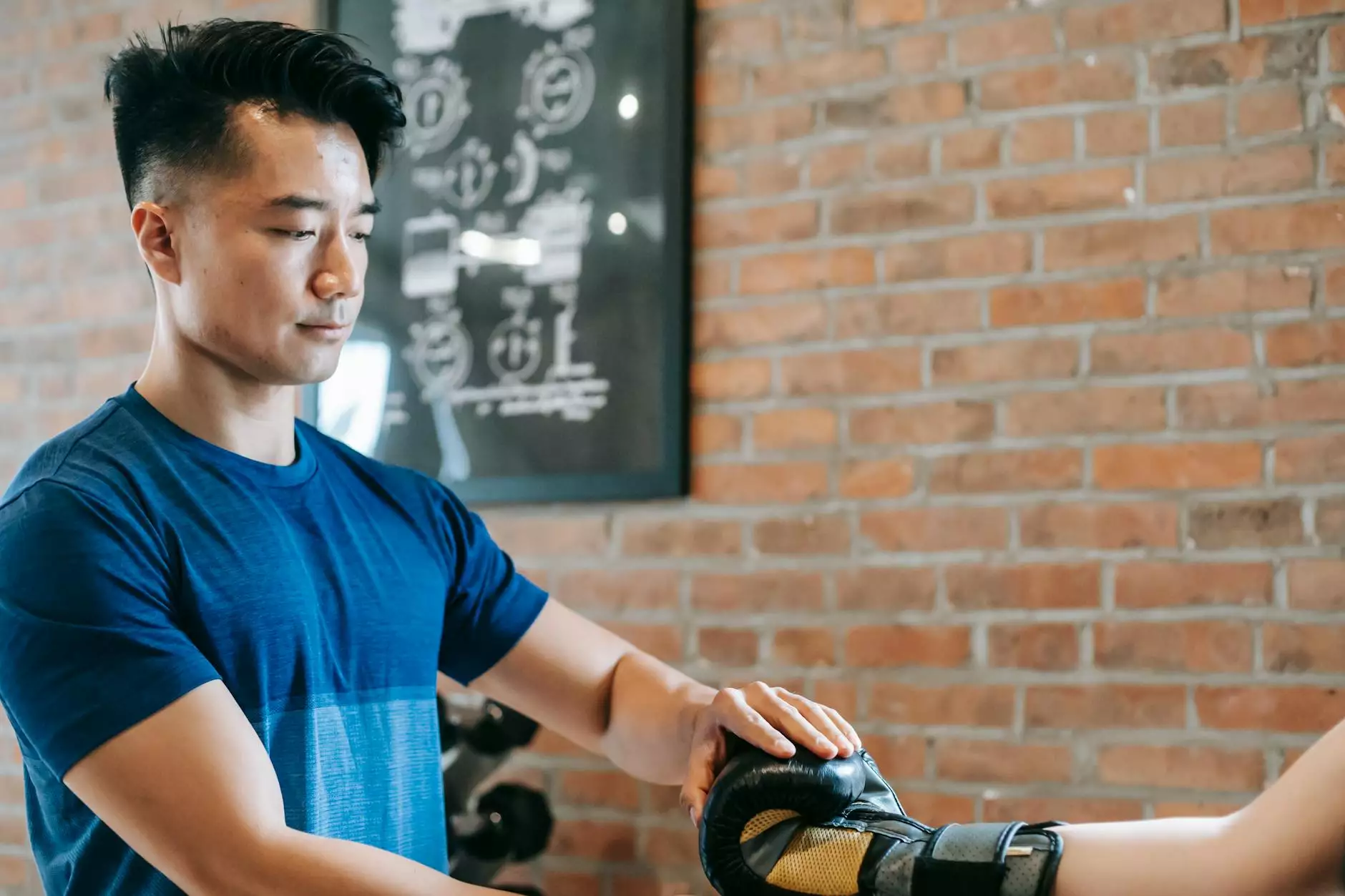Kneecap Pain: What Causes Sore Knees & Joint Treatment
Blog
Welcome to Regency Square Care Center's comprehensive guide on kneecap pain, its causes, and effective joint treatment options. Our trusted healthcare facility focuses on geriatric and aging care, providing specialized services to ensure the well-being of our patients.
Understanding Kneecap Pain
Kneecap pain, also known as patellofemoral pain, is a common condition that affects individuals of all ages. It is characterized by discomfort and soreness in the front of the knee, around the kneecap (patella). The causes of kneecap pain can vary, ranging from overuse injuries to underlying structural issues.
Causes of Kneecap Pain
1. Overuse or Injury: Kneecap pain can be caused by overuse or repetitive strain on the knee joint. Activities such as running, jumping, or squatting can put excessive stress on the kneecap, leading to pain and inflammation.
2. Poor Biomechanics: Issues with the alignment and movement of the kneecap, such as patellar tracking disorder, can contribute to the development of kneecap pain. It occurs when the kneecap does not properly slide in its groove during knee movement, causing irritation and discomfort.
3. Arthritis: Osteoarthritis and rheumatoid arthritis can affect the knee joint, leading to chronic knee pain, including pain around the kneecap.
4. Muscle Imbalances: Weak or imbalanced muscles around the knee can result in kneecap pain. When certain muscles are weaker or tighter than others, it can disrupt the proper functioning of the joint, resulting in pain.
5. Previous Trauma: Individuals who have experienced a previous knee injury, such as a fracture or dislocation, are more prone to developing kneecap pain later in life.
Treating Kneecap Pain
Properly diagnosing the cause of kneecap pain is crucial for effective treatment. At Regency Square Care Center, our experienced healthcare professionals assess each patient individually, developing personalized treatment plans to alleviate pain and improve joint function. Here are some common approaches used to treat kneecap pain:
1. Rest and Protection
Allowing the knee to rest and protecting it from further strain is often the initial step in managing kneecap pain. Avoiding activities that exacerbate the pain and using supportive devices like knee braces or crutches can aid in the recovery process.
2. Physical Therapy
A tailored physical therapy program can help strengthen the surrounding muscles, improve joint stability, and restore normal knee function. Our skilled therapists employ a variety of exercises and techniques to address muscle imbalances and correct abnormal movement patterns.
3. Medications
In some cases, medications may be prescribed to manage pain and reduce inflammation. Nonsteroidal anti-inflammatory drugs (NSAIDs) or analgesics can provide temporary relief for individuals experiencing moderate kneecap pain.
4. Injection Therapy
For patients with persistent kneecap pain, injection therapy may be recommended. Corticosteroid injections can help reduce inflammation, while hyaluronic acid injections provide lubrication and cushioning within the joint.
5. Surgical Interventions
In severe cases where conservative treatments have not provided adequate relief, surgical interventions may be considered. Procedures such as arthroscopy or realignment surgery can be performed to address underlying structural issues and alleviate kneecap pain.
Preventing Kneecap Pain
Prevention is key to maintaining healthy knees and reducing the risk of kneecap pain. Here are some measures you can take:
1. Maintain a Healthy Weight
Excess weight puts additional strain on the knee joints, increasing the risk of developing pain and other knee-related issues. Maintaining a healthy weight through a balanced diet and regular exercise can help alleviate pressure on the knees.
2. Warm Up and Stretch
Prior to engaging in physical activities or exercise, it is important to warm up the muscles and stretch adequately. This helps prepare the body for the demands of the activity and reduces the risk of injury.
3. Wear Proper Footwear
Using appropriate footwear that provides proper support and cushioning can help distribute the forces evenly across the foot and lower leg, reducing the strain on the knees.
4. Gradually Increase Activity Levels
If you are starting a new exercise program or increasing the intensity of your current routine, it is important to do so gradually. Sudden, intense activities can strain the knees, leading to pain and potential injury.
At Regency Square Care Center, our dedicated healthcare team is committed to providing comprehensive care for individuals experiencing kneecap pain. We prioritize the well-being and comfort of our patients, utilizing advanced treatment methods and trusted medical expertise to achieve optimal outcomes.
If you or a loved one are suffering from kneecap pain, contact Regency Square Care Center today to schedule a consultation and explore our personalized joint pain treatment options. Let us help you regain a pain-free, active lifestyle.




